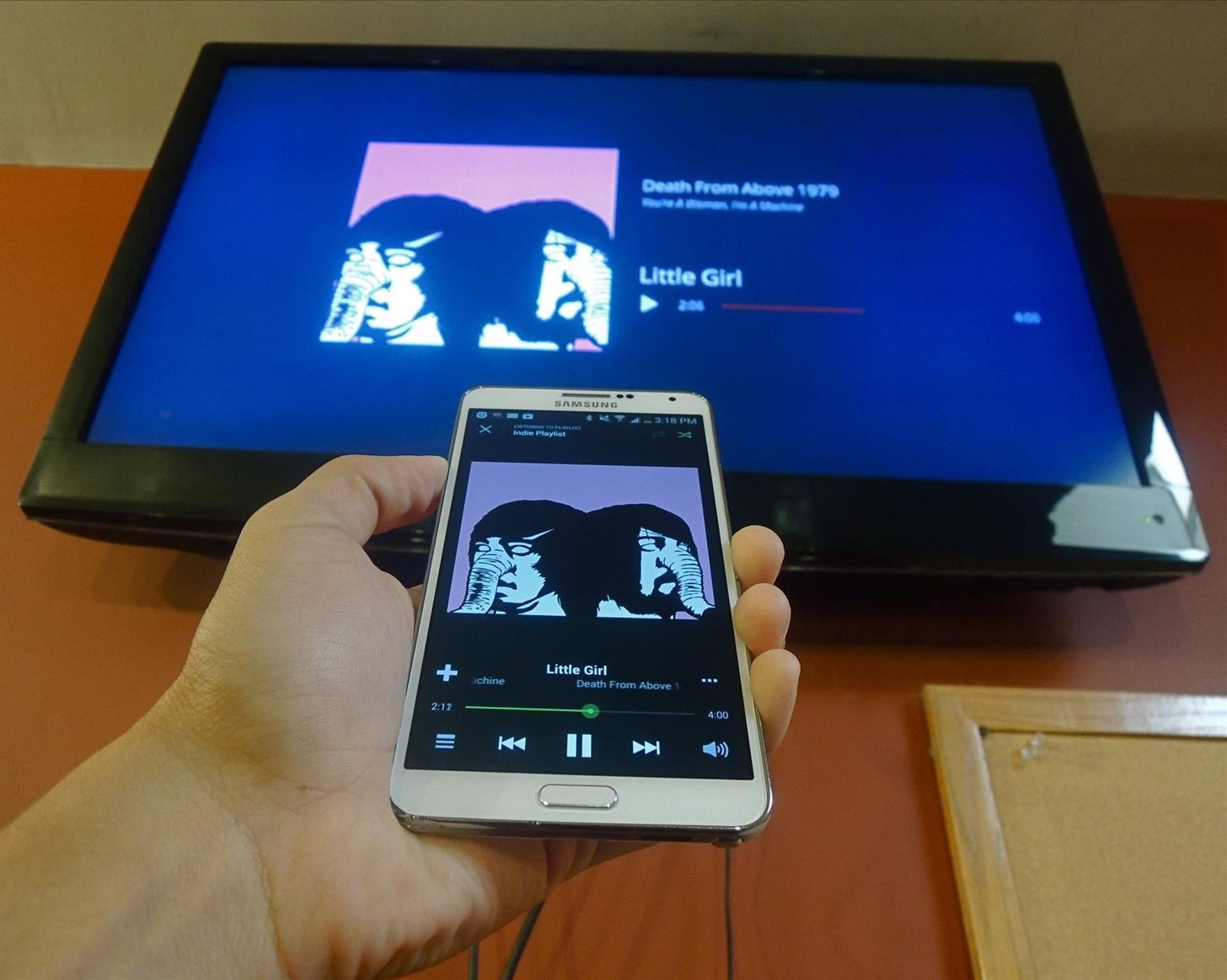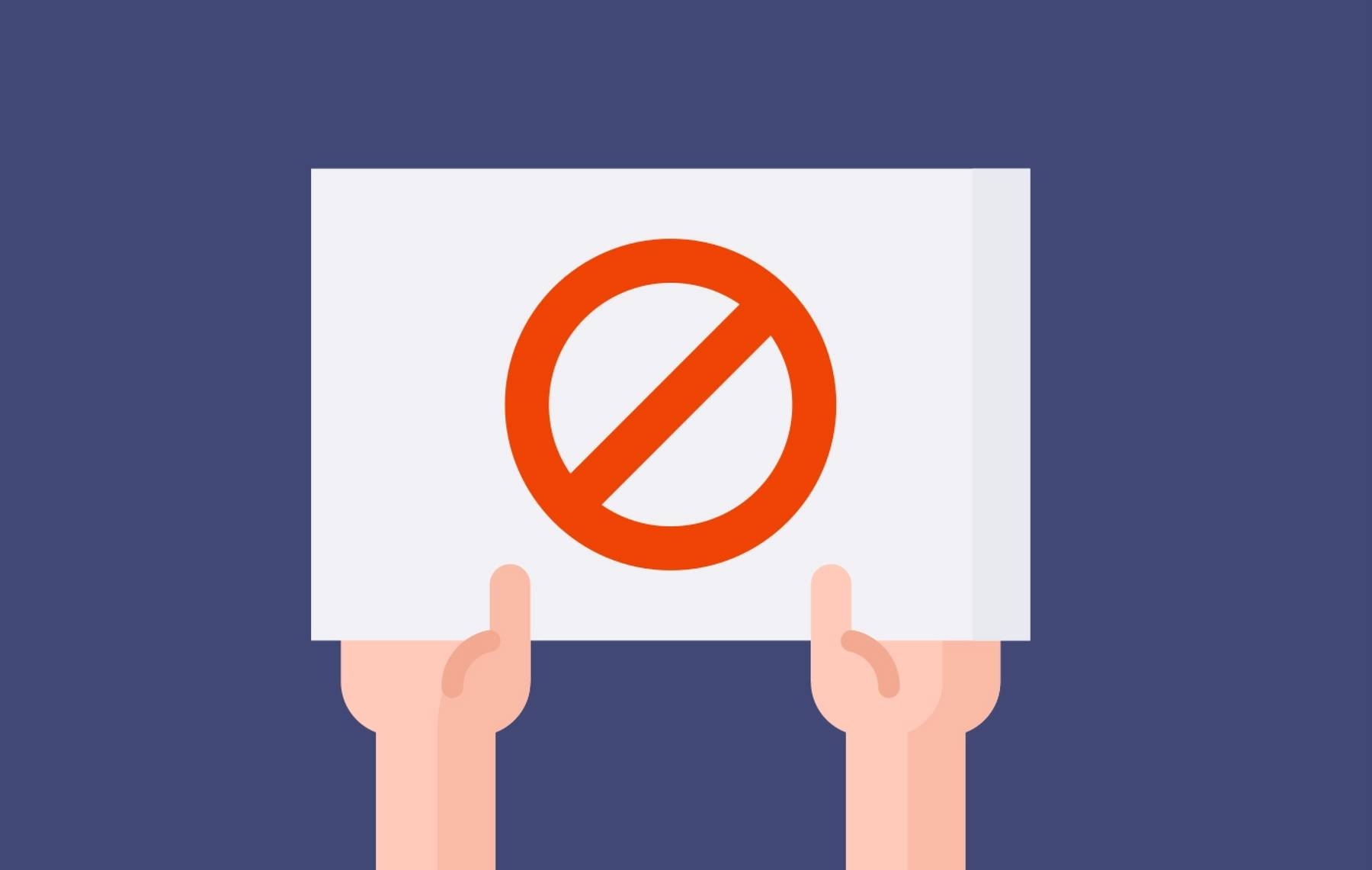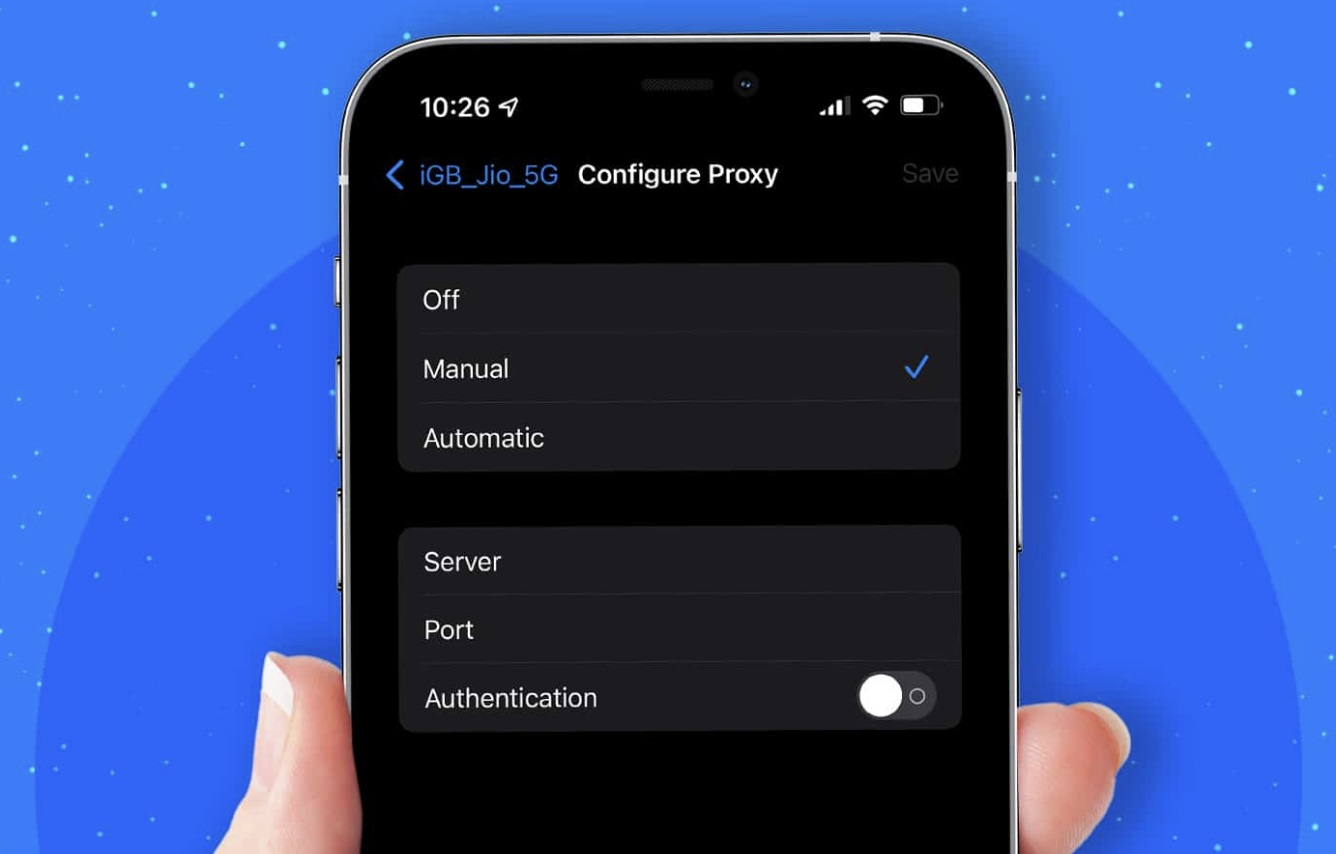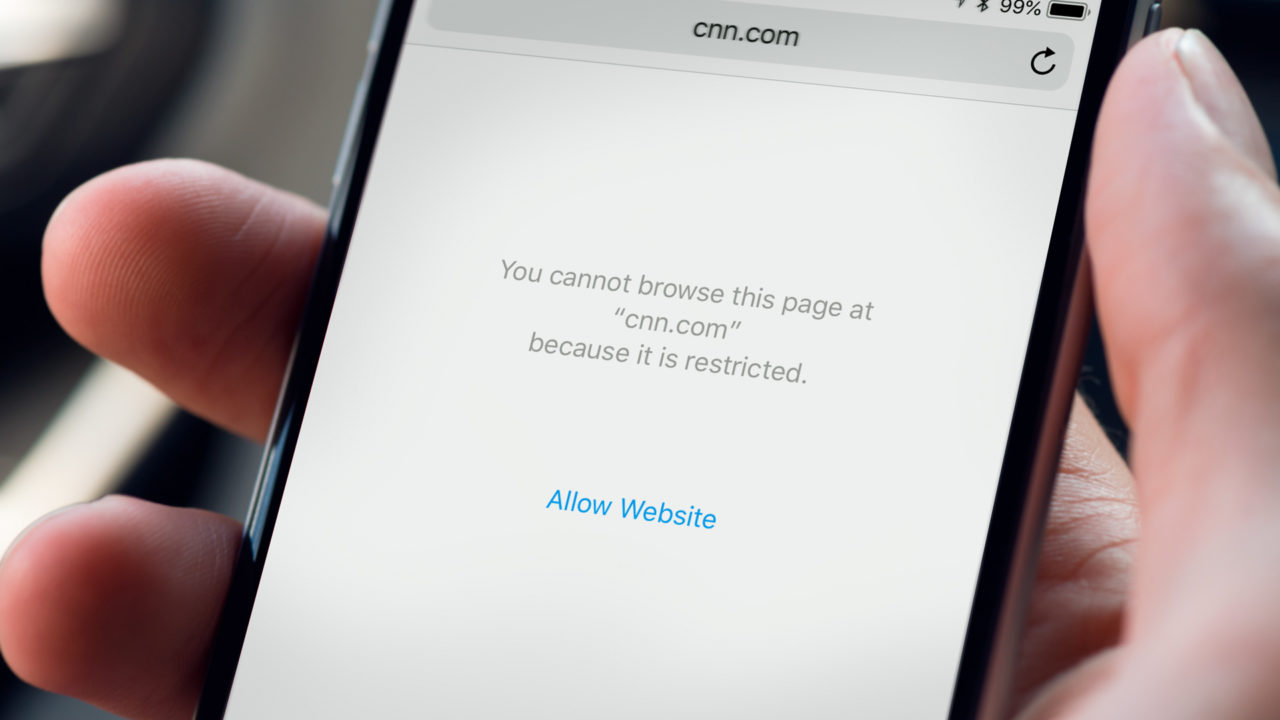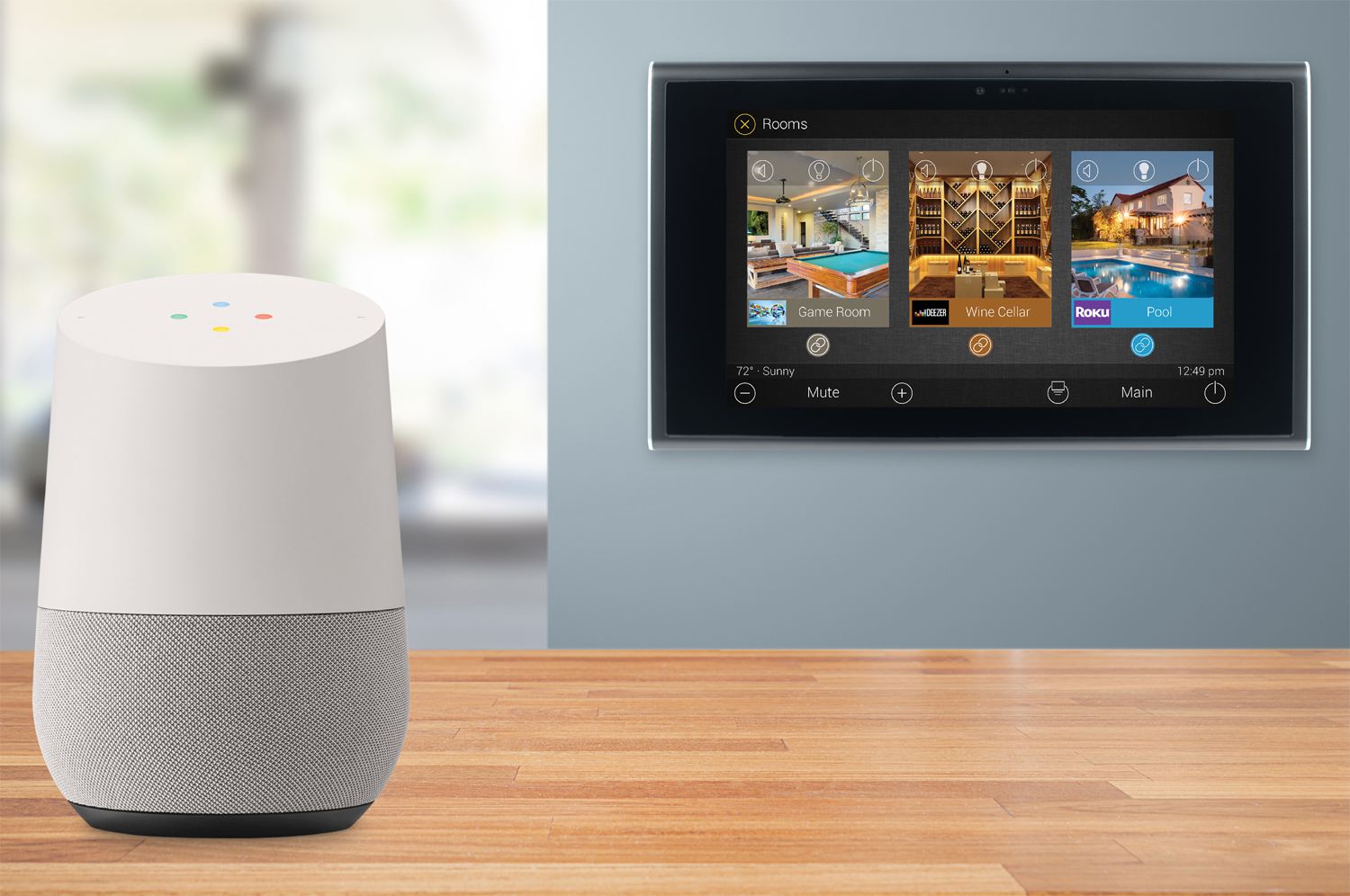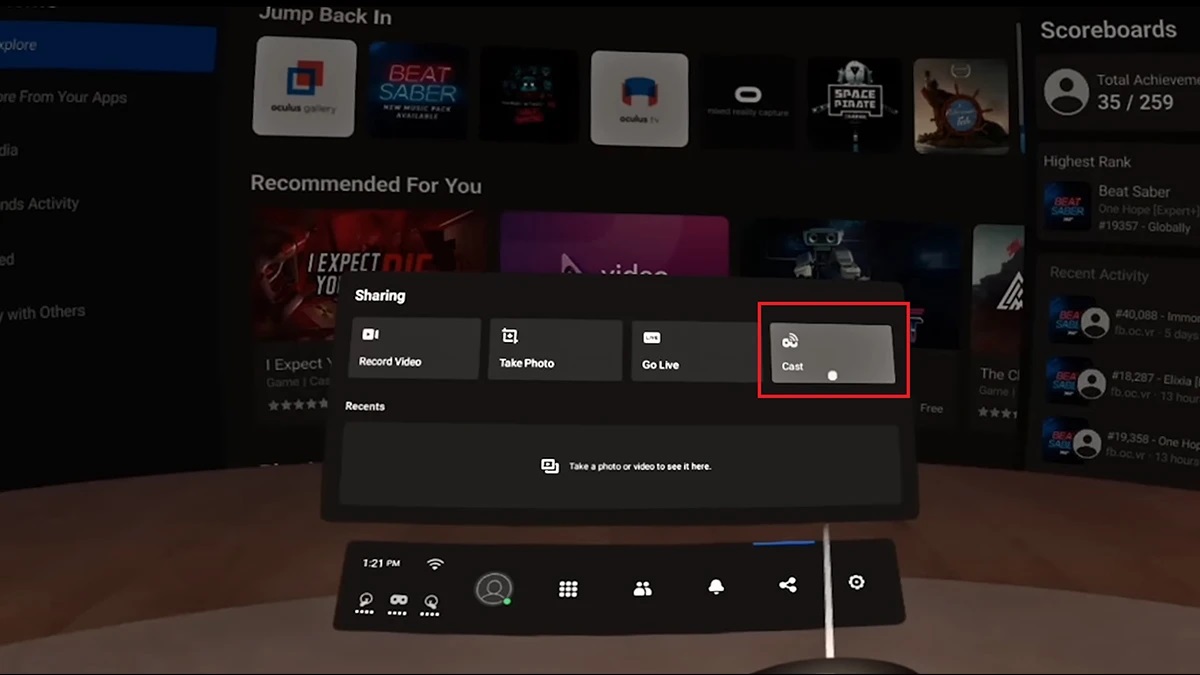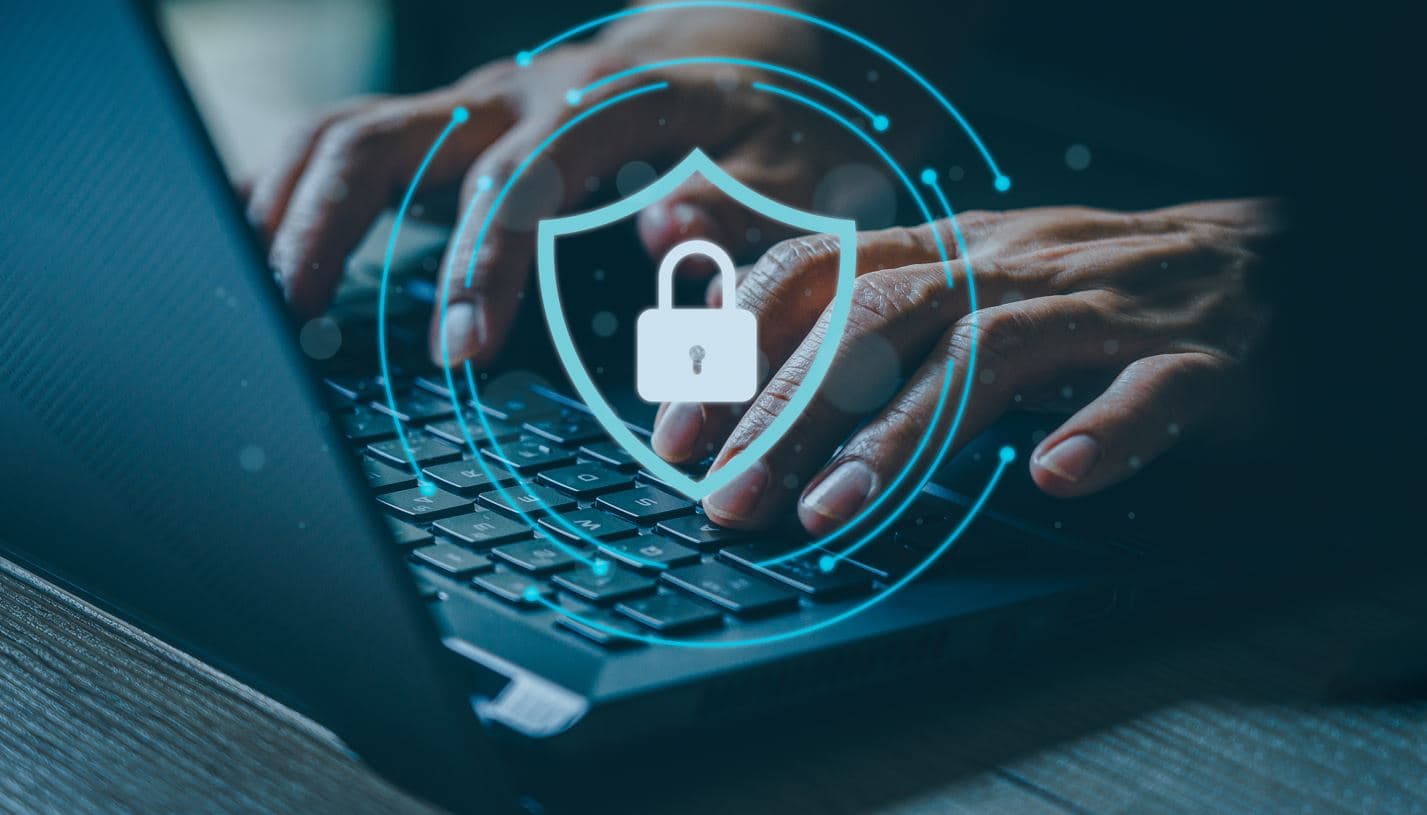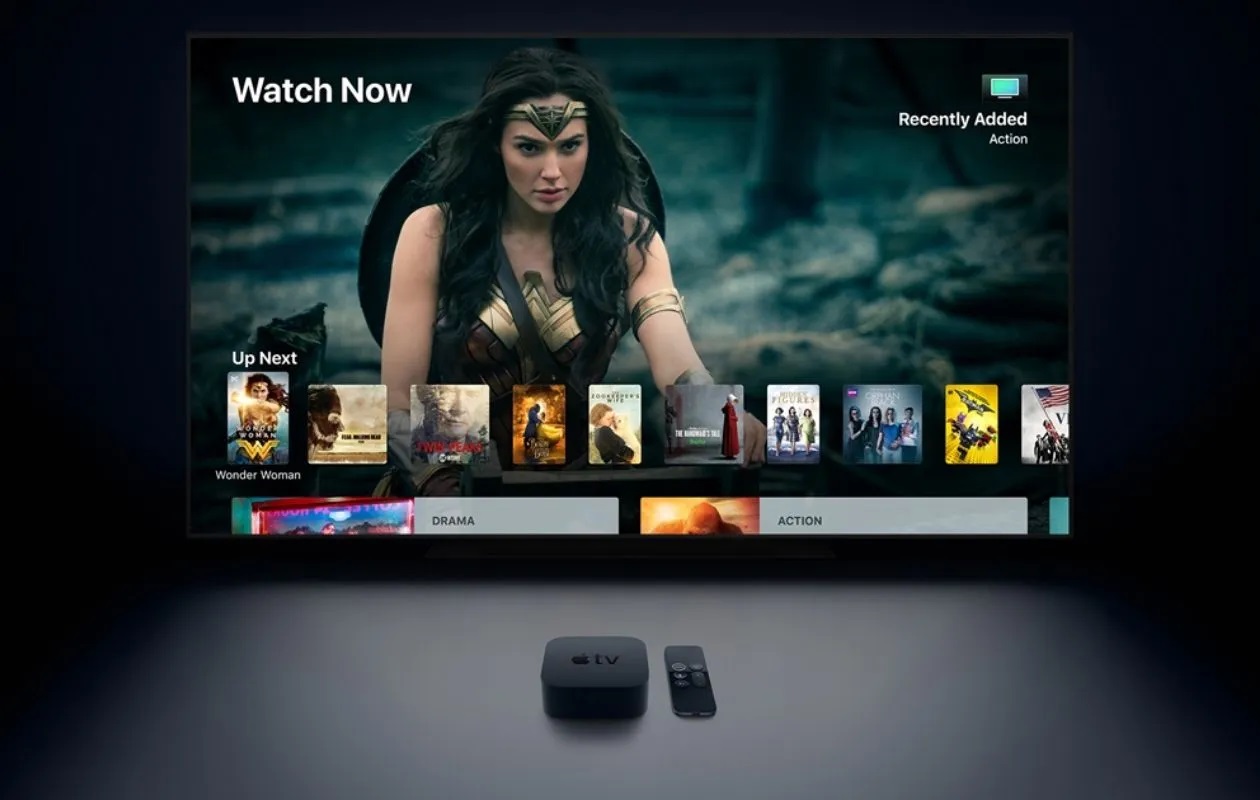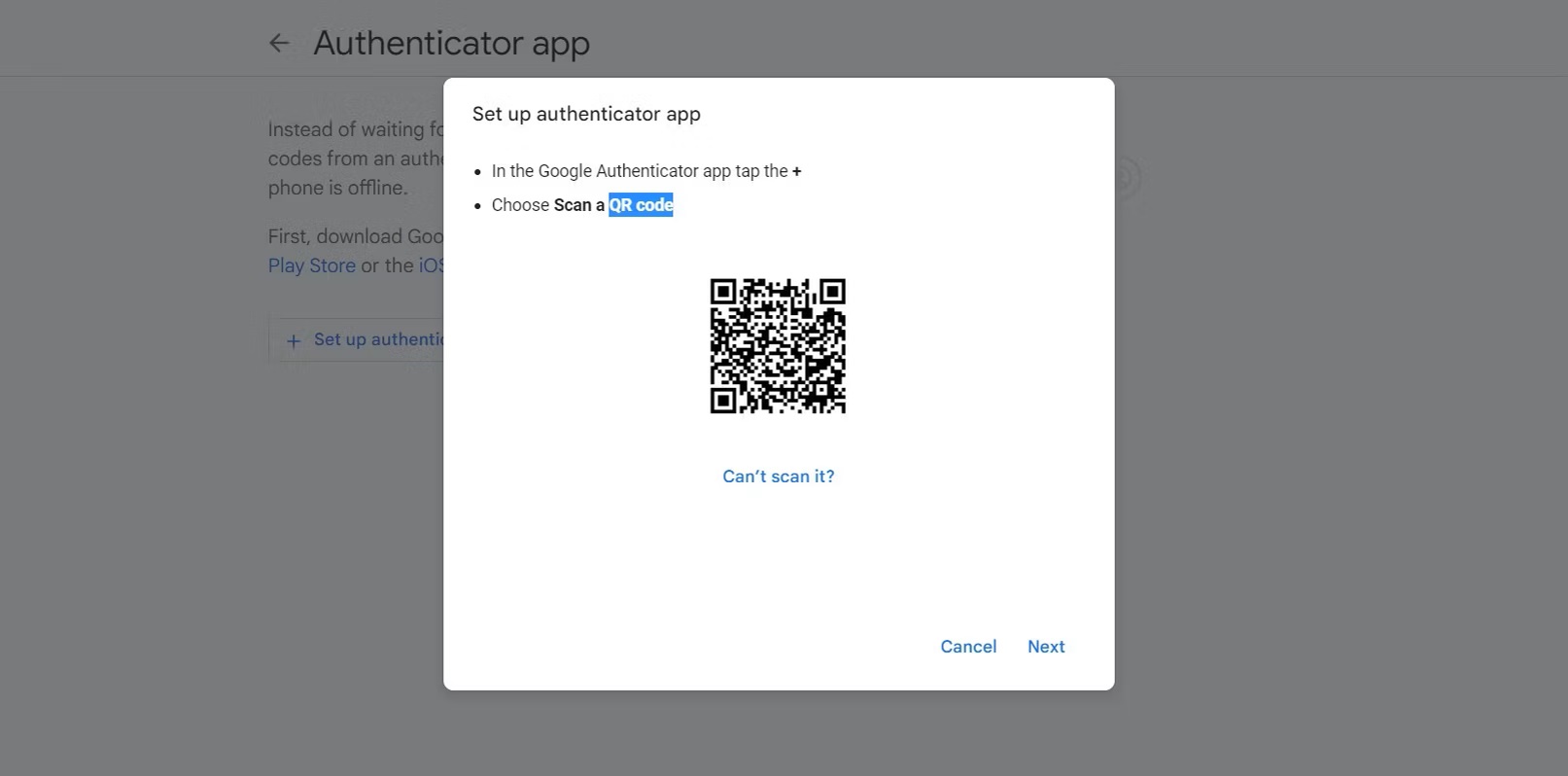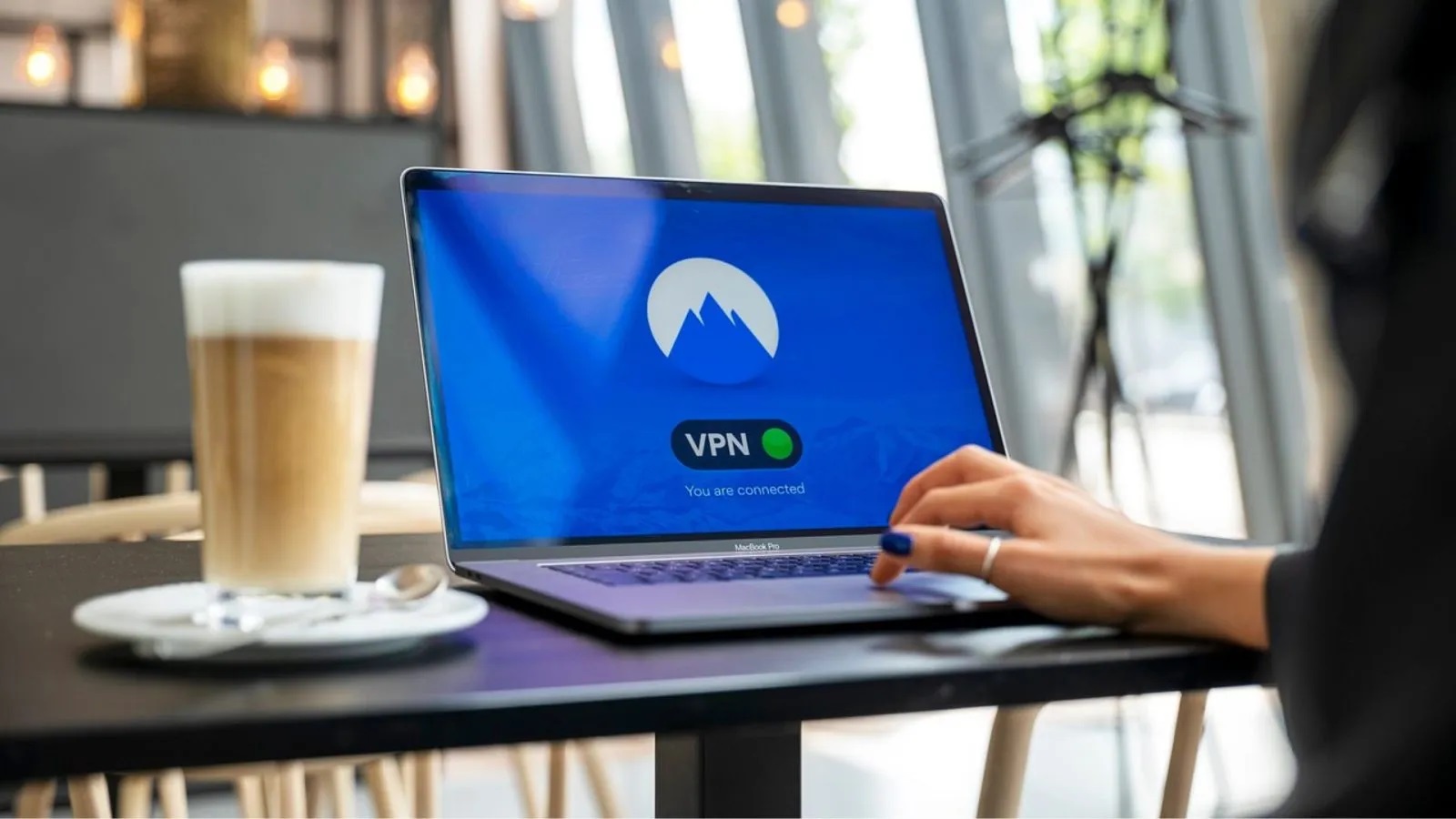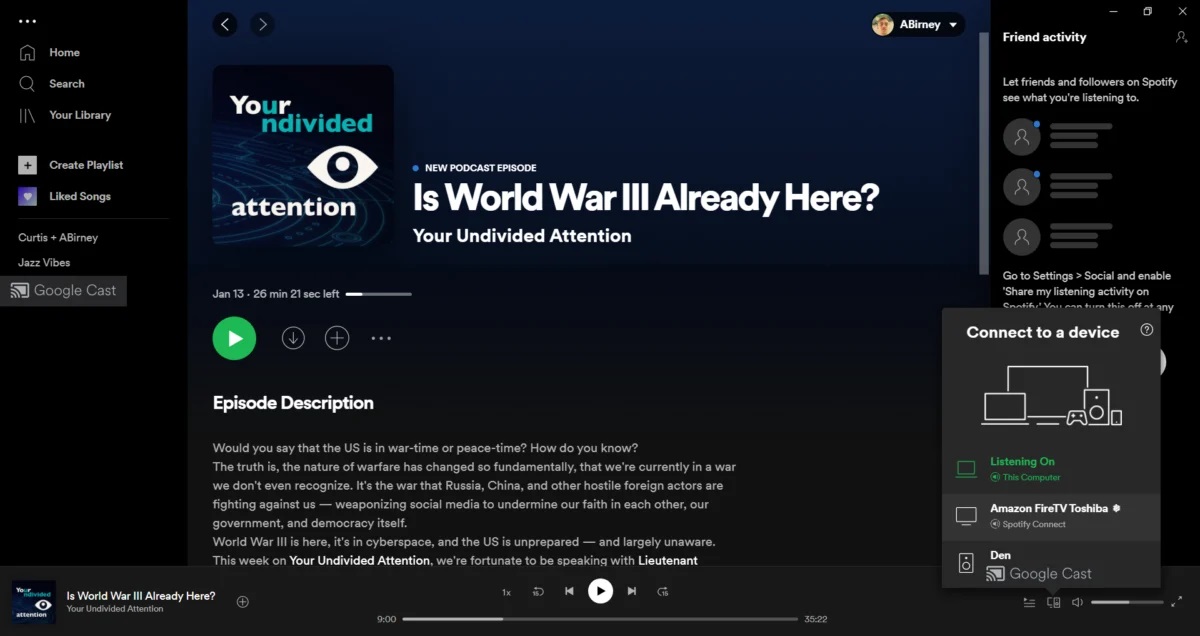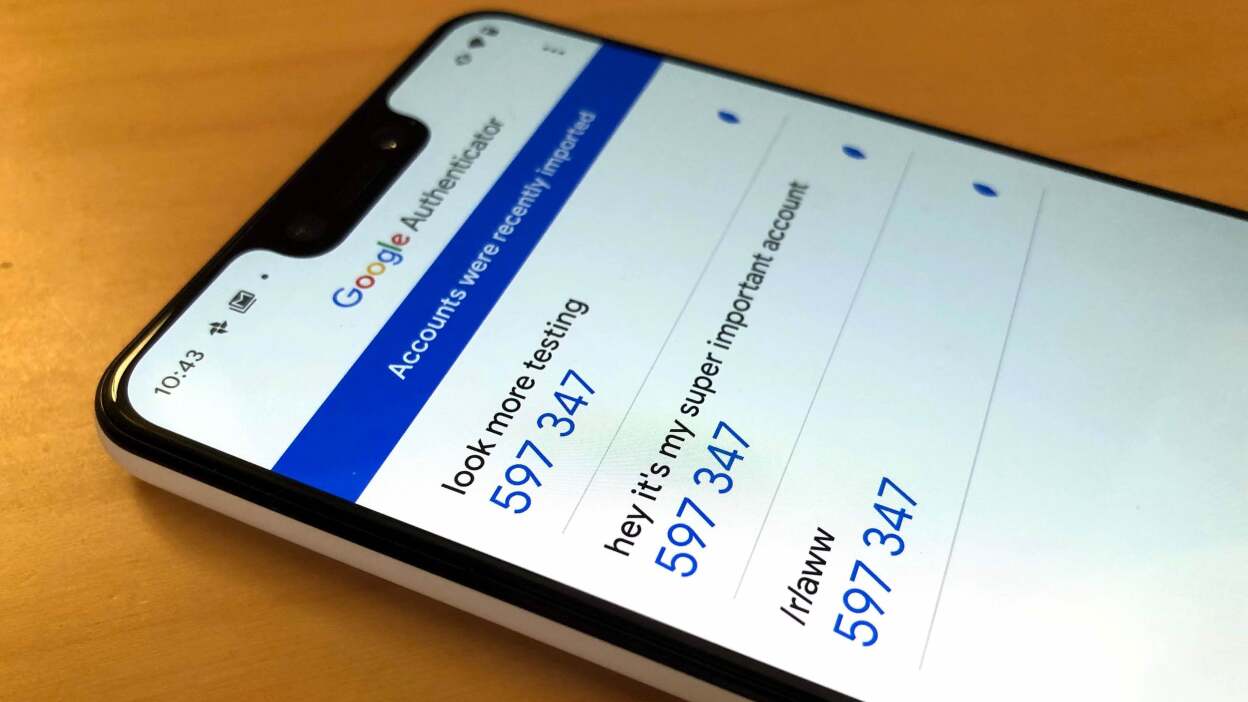Home>Software and Apps>How To Unblock Spotify At School Without VPN


Software and Apps
How To Unblock Spotify At School Without VPN
Modified: September 5, 2024
Learn how to unblock Spotify at school without using a VPN. Explore effective software and apps to access Spotify and enjoy your favorite music hassle-free. Unlock the potential of music streaming at school!
(Many of the links in this article redirect to a specific reviewed product. Your purchase of these products through affiliate links helps to generate commission for Techsplurge.com, at no extra cost. Learn more)
Table of Contents
How to Unblock Spotify at School Without a VPN
Spotify, a popular music streaming service, often faces restrictions in schools. Reasons include bandwidth strain, content filtering, security risks, and productivity concerns. However, several methods can help you access Spotify without relying on a VPN. This article explores these techniques in detail.
Using the Spotify Web Player
One of the simplest ways to unblock Spotify at school involves using the Spotify Web Player. This method doesn't require downloading software or installing applications, making it convenient and easy to use.
How to Use the Spotify Web Player:
- Access the Web Player: Open your web browser and navigate to the Spotify Web Player by visiting Spotify Web Player.
- Log In: Enter your Spotify login credentials to access your account.
- Enjoy Music: Once logged in, browse and play your music without restrictions. This method bypasses many school network restrictions due to its web-based interface.
If the Spotify Web Player is blocked, consider trying other methods listed below.
Changing Internet Connection
Another effective way to unblock Spotify at school involves changing your internet connection. This method uses your smartphone's data plan or setting up a personal hotspot.
Using Your Smartphone's Data Plan:
- Turn Off Wi-Fi: On your smartphone, turn off the Wi-Fi connection.
- Switch to Mobile Data: Switch to your mobile data plan.
- Access Spotify: Open the Spotify app on your smartphone and start listening to music.
This method works because it uses your personal data plan, which isn't controlled by the school's network.
Setting Up a Personal Hotspot:
- Enable Personal Hotspot: If your smartphone supports it, enable the personal hotspot feature.
- Connect Devices: Connect your computer or other devices to the personal hotspot.
- Access Spotify: Open the Spotify app on your connected device and start listening to music.
This method creates a separate internet connection using your phone's data, bypassing school network restrictions.
Changing Proxy Servers
Changing proxy servers is another method to unblock Spotify at school. While free, this method poses risks such as data mining and security issues. If you're willing to take the risk, here's how to do it:
How to Change Proxy Servers:
- Open Spotify App: Open the Spotify app on your device.
- Access Settings: Go to the settings menu within the app.
- Locate Proxy Settings: Look for the proxy settings option and choose "No proxy" under "Proxy type."
- Restart App: Click on "Restart App" to apply the changes.
This method might not work consistently and isn't recommended due to security concerns.
Using a Different DNS Service
Changing your DNS service can help bypass school network restrictions. DNS (Domain Name System) helps your computer find websites by translating their names into numbers. By changing DNS settings, you might access Spotify.
How to Change DNS Settings:
- Access Network Settings: Navigate to your network settings by going to "Control Panel > Network and Internet > Network and Sharing Center."
- Change Adapter Settings: Click on "Change adapter settings" on the left side of the window.
- Right-Click Network Connection: Right-click on your active network connection and select "Properties."
- Select Internet Protocol Version 4 (TCP/IPv4): Scroll down and select "Internet Protocol Version 4 (TCP/IPv4)" and then click "Properties."
- Enter New DNS Server Addresses: Select "Use the following DNS server addresses" and enter the DNS server addresses you want to use. Then click "OK."
- Apply Changes: Click "OK" and then "Apply" to save your changes.
This method involves manually adjusting DNS settings by inputting IP addresses from a chosen DNS service. You can find these IP addresses on the service's website or setup instructions.
Read more: How To Chromecast Spotify
Using a VPN (Alternative Method)
While this article focuses on methods that don't require a VPN, it's worth mentioning that using a VPN is often the most reliable and secure way to unblock Spotify at school. A VPN creates a secure, encrypted tunnel that hides your location and allows access to geo-restricted content.
How to Use a VPN:
- Choose a Reputable VPN Service: Select a reputable VPN service provider that offers fast, secure, and reliable connections.
- Download and Install VPN App: Download and install the VPN app on your device.
- Log In: Log in with your VPN account credentials.
- Connect to Server: Select a server location where Spotify is accessible (e.g., Los Angeles).
- Access Spotify: Once connected, open Spotify and enjoy unrestricted access.
Using a VPN is highly recommended because it not only bypasses school network restrictions but also provides additional security benefits such as web threat prevention and public Wi-Fi protection.
Additional Tips
- Check School Policies: Before attempting any of these methods, check your school's policies regarding internet usage. Some schools may have strict rules against using certain methods to bypass restrictions.
- Use Alternative Methods: If one method doesn't work, try another. For example, if the Spotify Web Player is blocked, try using a different DNS service or changing your internet connection.
- Be Aware of Risks: While these methods can help you unblock Spotify, they also come with some risks such as data mining and security concerns. Always use caution when trying new methods.
By following these steps, you can enjoy your favorite music while maintaining a safe and productive learning environment.

